Слайд 2Any mooring operation requires planning & preparation.
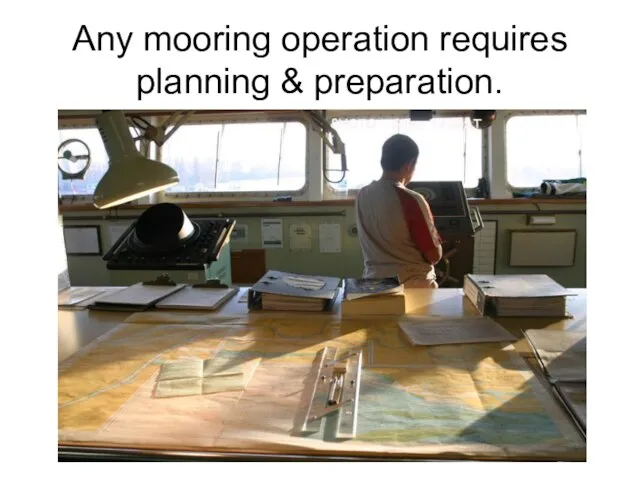
Слайд 3A mooring plan shows the position of the mooring lines to be
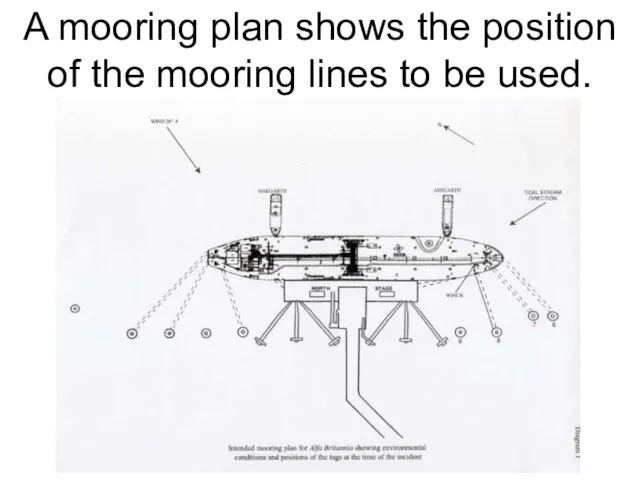
used.
Слайд 4A minimum of four stations are involved in mooring operations : the
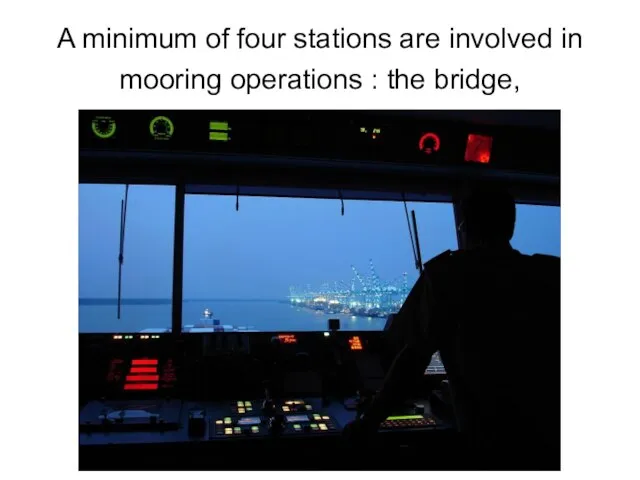
bridge,
Слайд 8On large ships, there can be an additional mooring station amidships.

Слайд 9When the deck parties are ordered “stand-by for mooring”, they prepare mooring
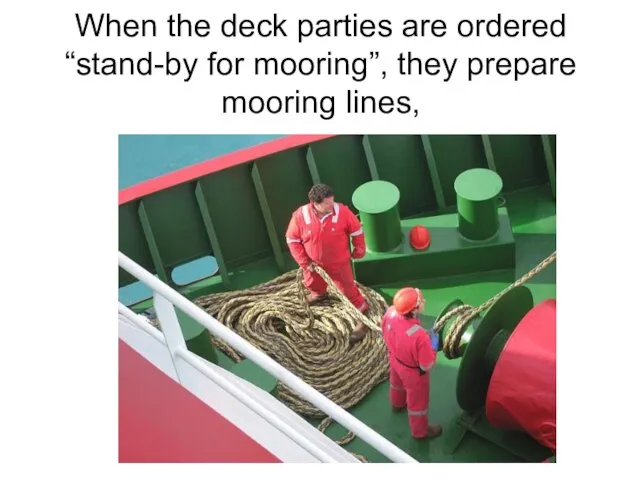
lines,
Слайд 13In the engine-room, more generators are put on the board to feed

crucial units, like thrusters and winches.
Слайд 14On the bridge, the bridgewing console is prepared.
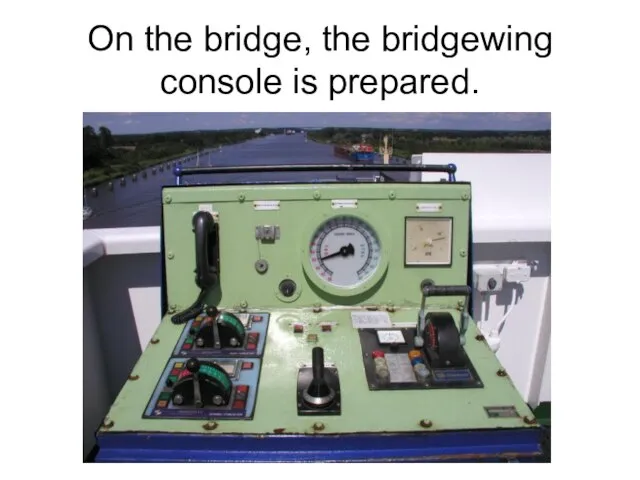
Слайд 15Effective and constant communication is established between all mooring stations, either using

VHF
Слайд 16or a talk-back system.
Push Button
Megaphone
Microphone
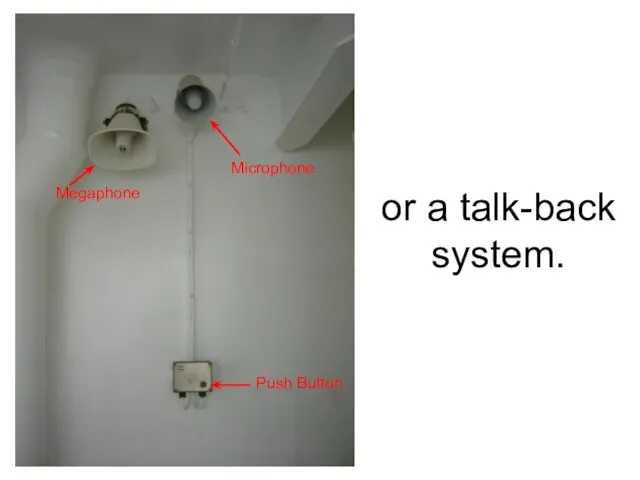
Слайд 18When approaching the berth, the ship’s headway is run off.

Слайд 19Officers are posted on special positions to inform the bridge station about

the actual distances to the quay,
Слайд 20especially,
when berthing head to or stern to,
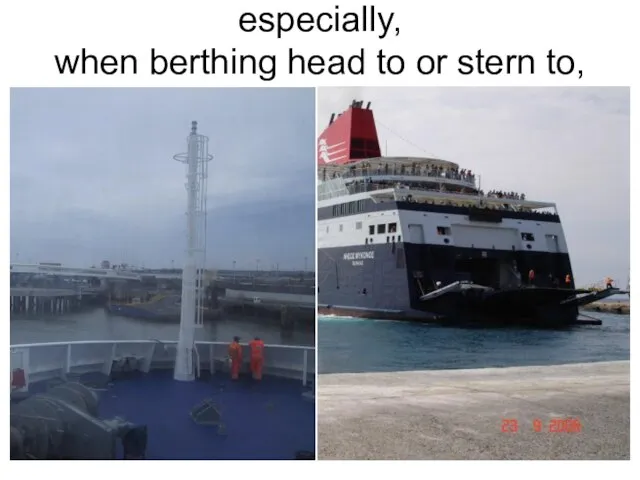
Слайд 21when deck cargo obscures the view from the bridge
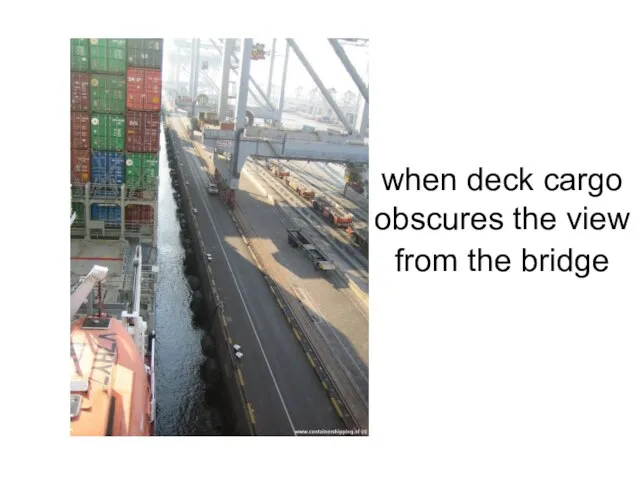
Слайд 22or when other ships are berthed close ahead of the mooring ship.

Слайд 23The use of CCTV can provide the bridge station with such information.
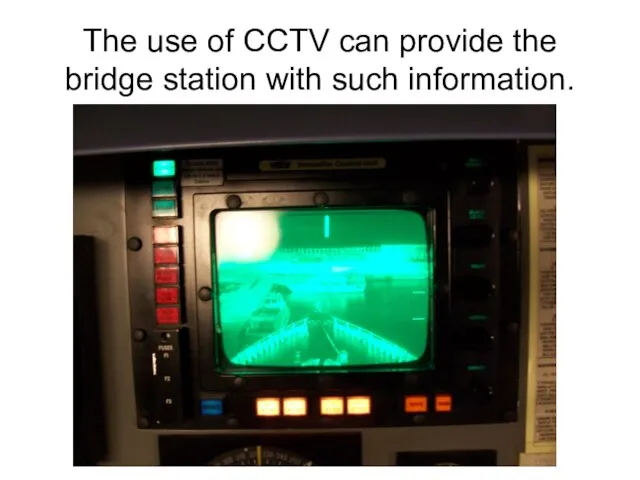
Слайд 24During dark hours, searchlights are used to obtain a better view.
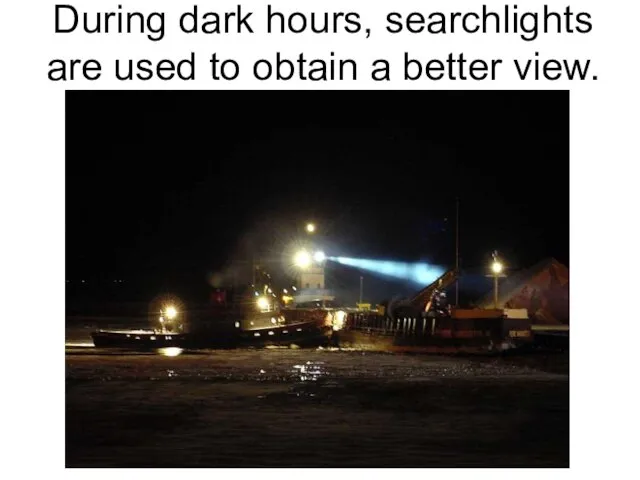
Слайд 25Fore and aft stations stand by for mooring.
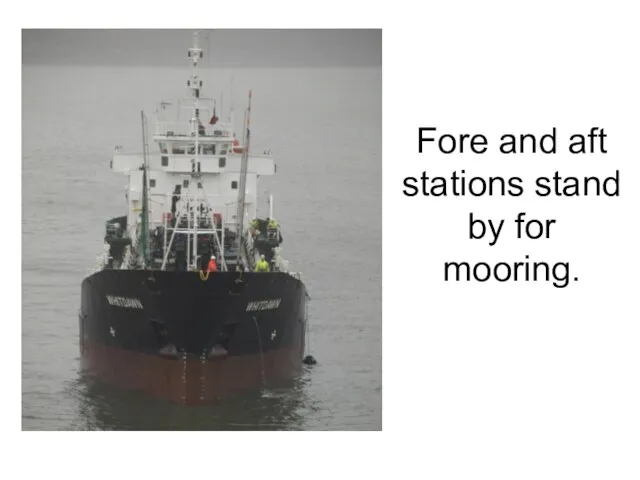
Слайд 28and the eyes of the mooring lines are rove through the fairleads.
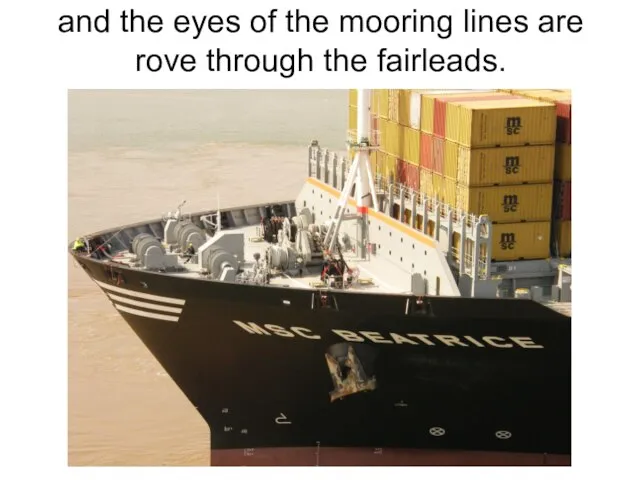
Слайд 29Here the commanding officer of the forward station has taken position in

a special protective cage.
Слайд 30The master and the pilot discuss how to position the ship.
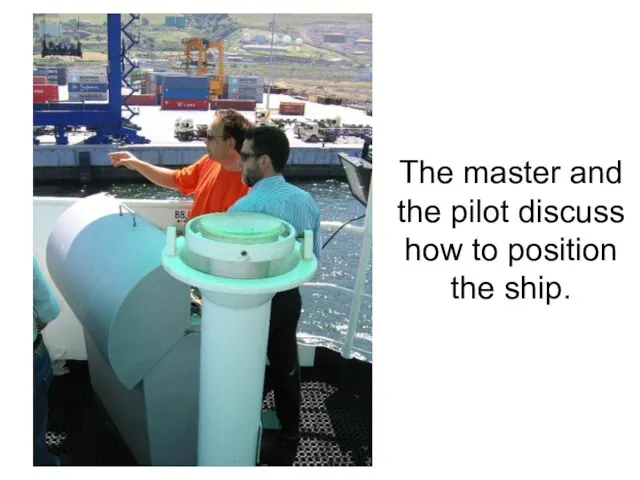
Слайд 31In rare cases, when shore assistance is unavailable, a deckhand jumps ashore.
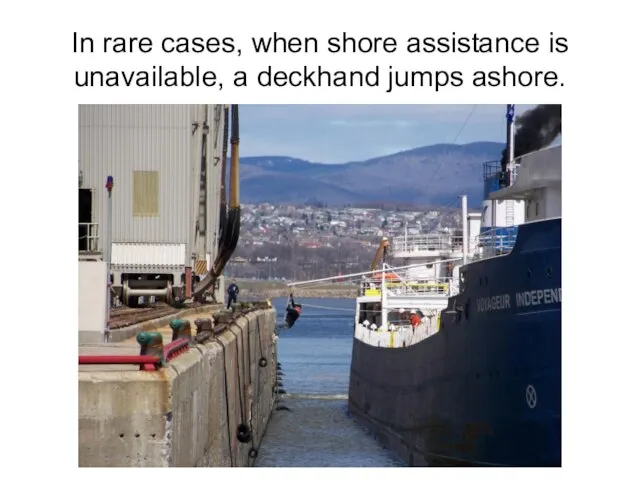
Слайд 32The ship’s head is brought close to the shore, either unassisted

Слайд 34When close enough to the quay, a heaving line is thrown out.
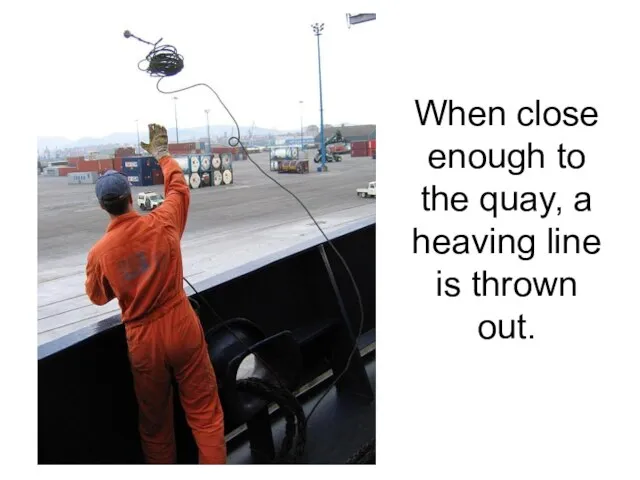
Слайд 35The ship slowly proceeds to her berth,
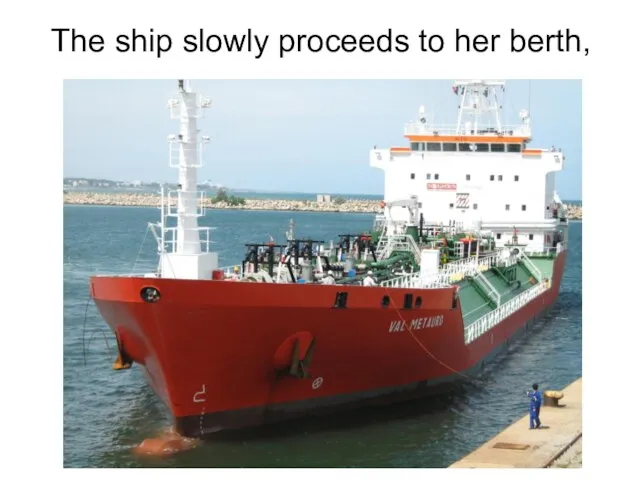
Слайд 36where a spring or headline can be passed ashore and be put
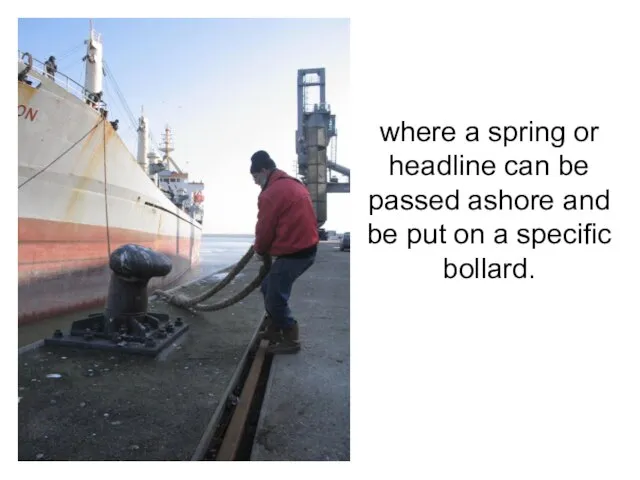
on a specific bollard.
Слайд 37When throwing heaving lines and sending mooring lines ashore, the aft station
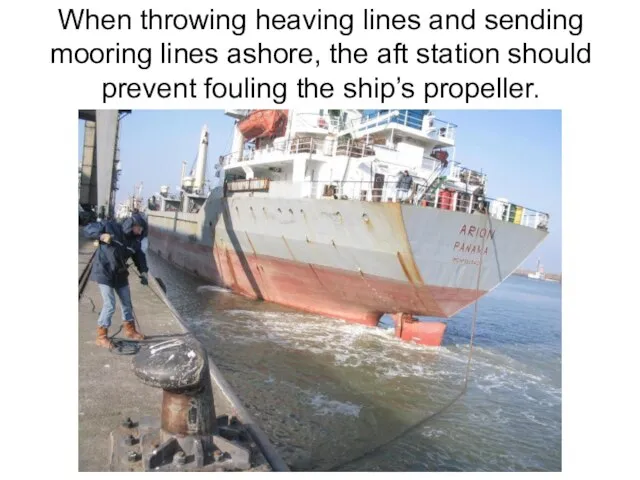
should prevent fouling the ship’s propeller.
Слайд 38Slipknots will make it easier for the linesmen to disconnect the heaving
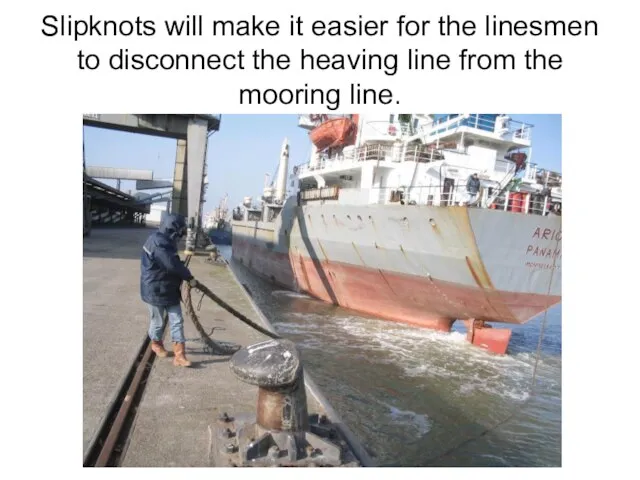
line from the mooring line.
Слайд 39When the distance to the quay is significant, mooring lines are lowered
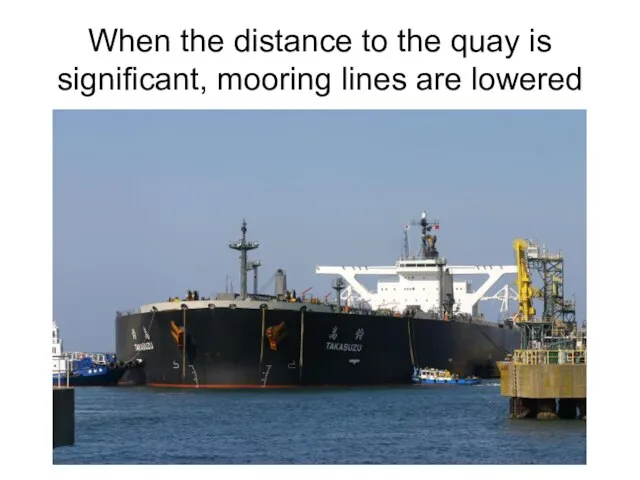
Слайд 40And passed to a mooring man on board a mooring boat or
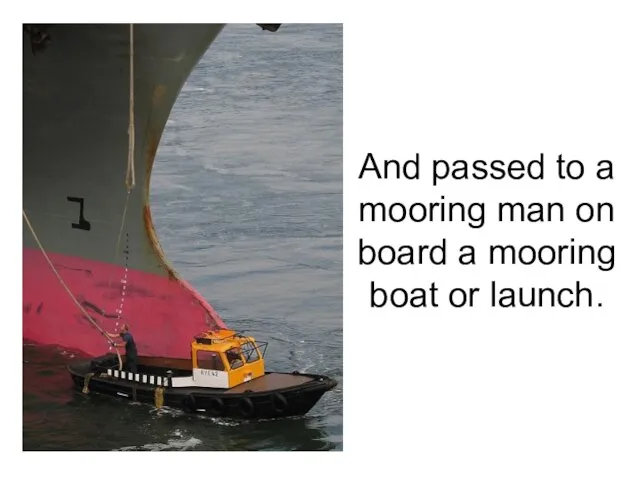
launch.
Слайд 41The mooring launch brings the mooring lines ashore,
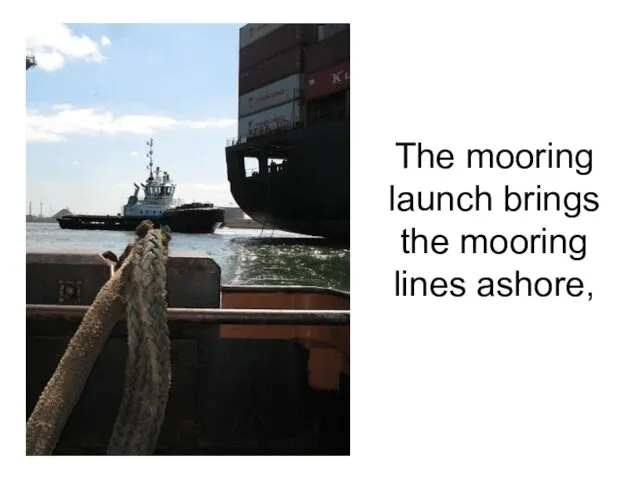
Слайд 42where linesmen or linehandlers put the eyes of the mooring lines on
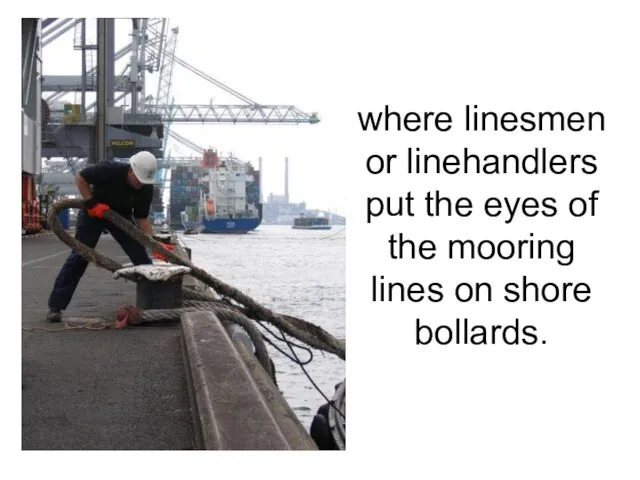
shore bollards.
Слайд 43Mooring lines on both ends can be given at once,
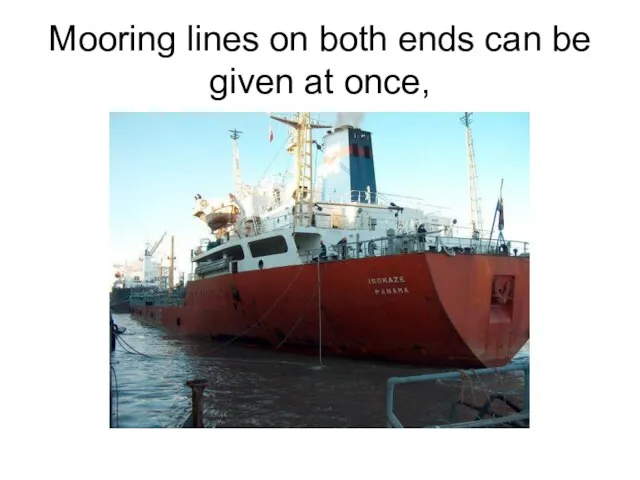
Слайд 44if the ship is properly kept in position by tugs.
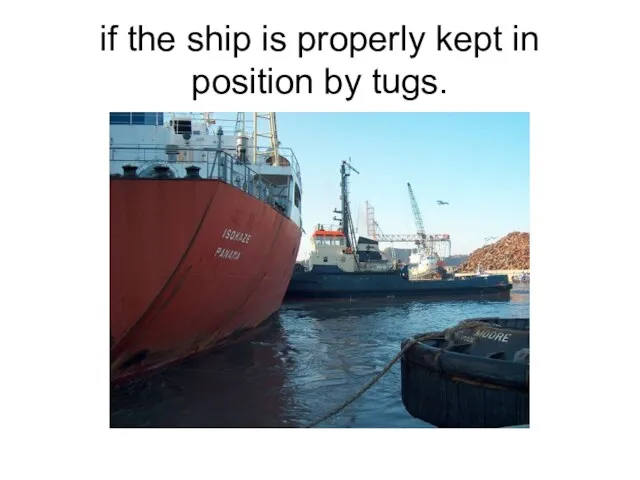
Слайд 45If there are no linesmen and the distance is small, a mooring

line can be thrown over a shore bollard.
Слайд 46When mooring on buoys, a mooring launch assists in bringing the mooring

lines to the mooring buoy and making them fast,
Слайд 47When using a slip wire, the eye, that is to be belayed

on board, is seized with a rope of a smaller diameter.
Слайд 48Special signs can be made on the quay to indicate the ship’s
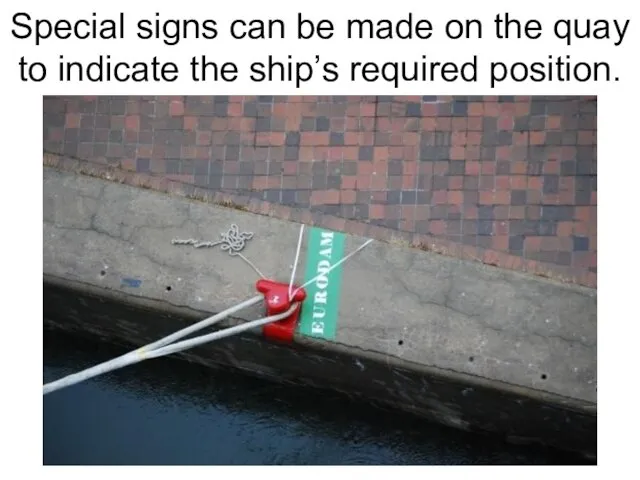
required position.
Слайд 50the mooring teams work their winches.

Слайд 54and to stop heaving when the line comes tight.

Слайд 55Either mooring lines are tended with a mooring winch with storage and
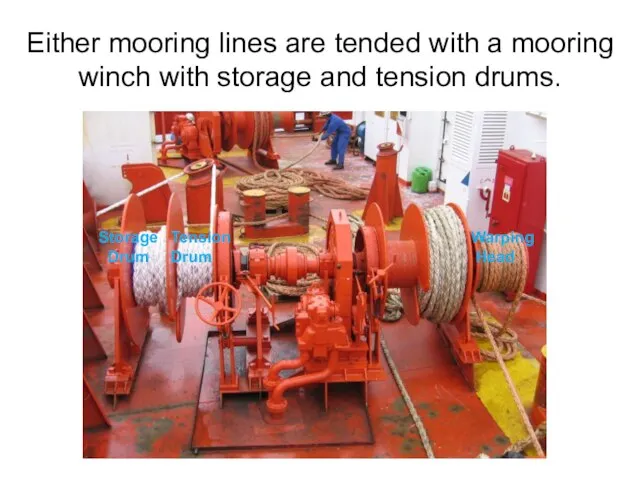
tension drums.
Tension
Drum
Storage
Drum
Warping
Head
Слайд 56or the mooring line is heaved in with the warping drum on

a winch,
Слайд 60A combination of winches and bollards gives the mooring party more possibilities.

Слайд 61Operating mooring winches usually requires a minimum of 2 men.
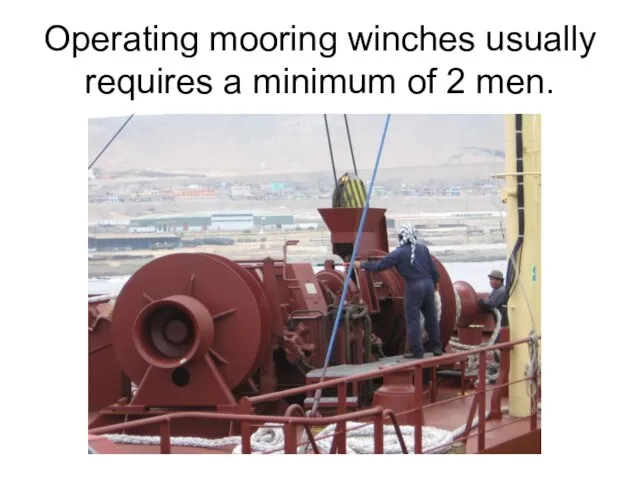
Слайд 62Here a capstan is operated by remote control.

Слайд 63As a rule, controls of winches include emergency stop pushbuttons.
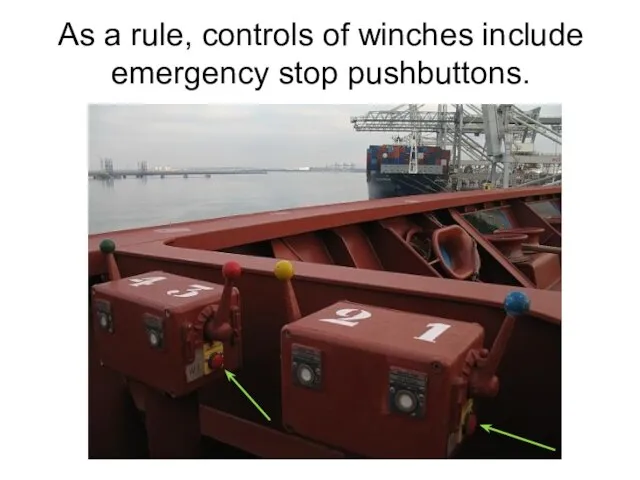
Слайд 64Some winches can be operated in automatic (self tension) mode.

Слайд 65Excessive tension on the ropes combined with the poor condition of mooring
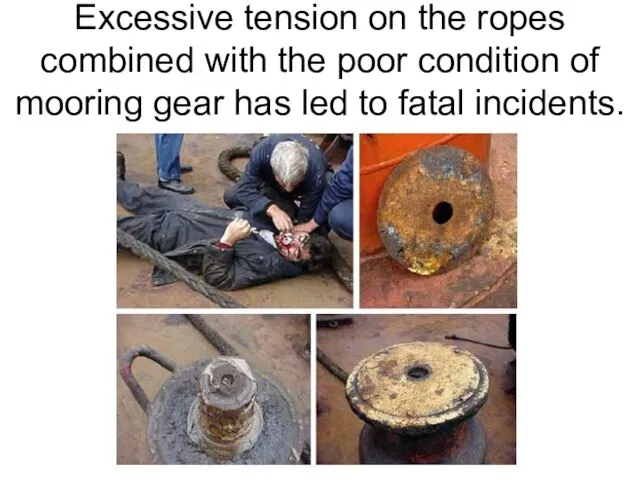
gear has led to fatal incidents.
Слайд 66Snap-back zones should be avoided.
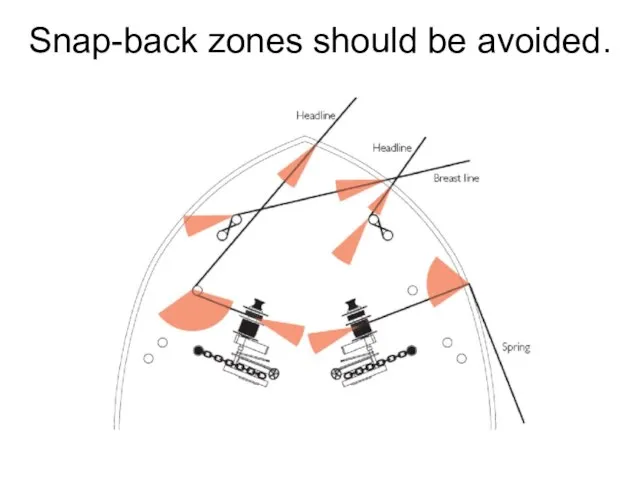
Слайд 67Once the ship is moored, gangways or accommodation ladders can be lowered.
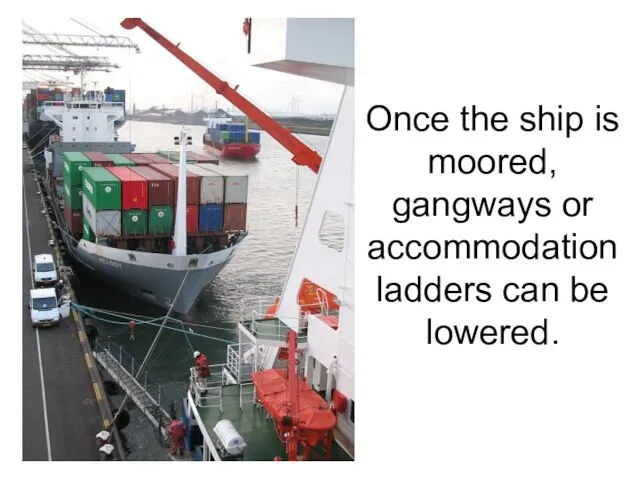
Слайд 68It remains necessary to tend the mooring lines throughout the stay in
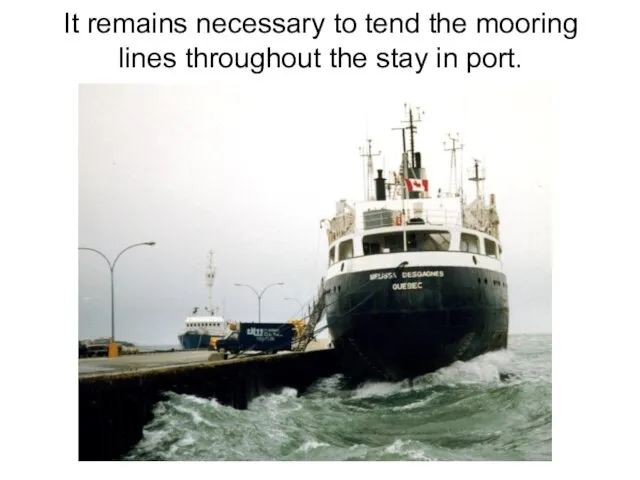
port.
Слайд 69The departure and actual unmooring starts with the process of singling up
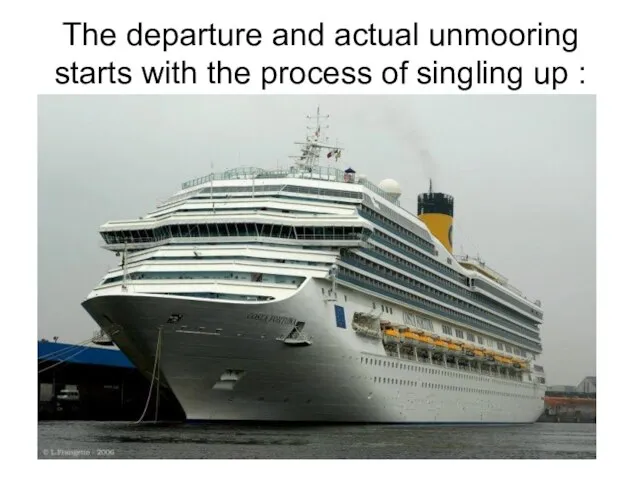
:
Слайд 70leaving only a headline, a forward spring, an aft spring and a
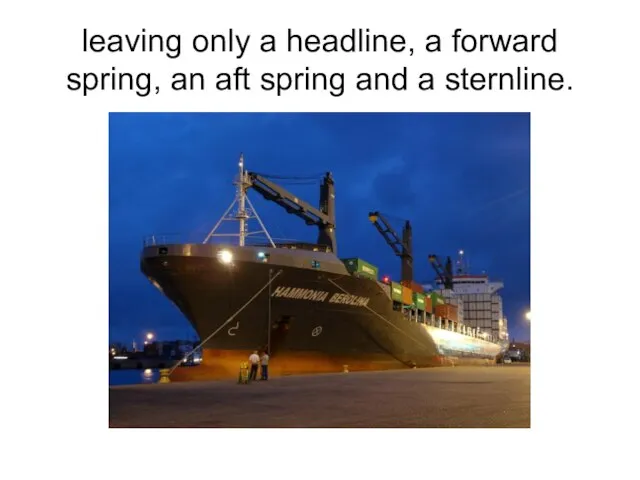
sternline.
Слайд 71When tugs are in full control, all lines can be let go
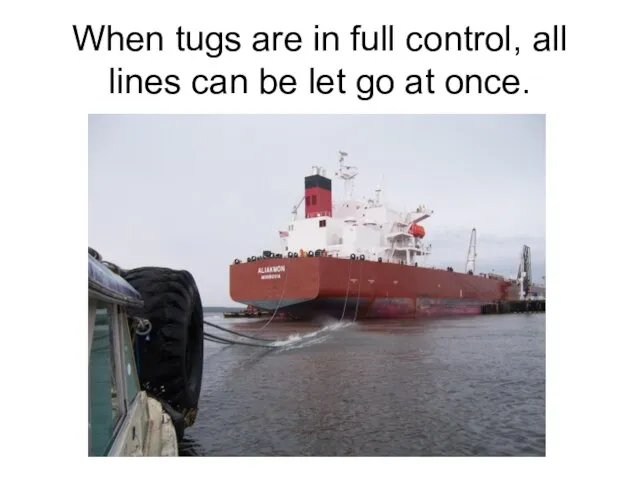
at once.
Слайд 72When unassisted, a slip rope can be kept in order to assist

the manoeuvring and let go when the ship is well clear.
Слайд 75When the ship is underway, the mooring ropes can be stored

Слайд 76either on deck, like in this cradle,
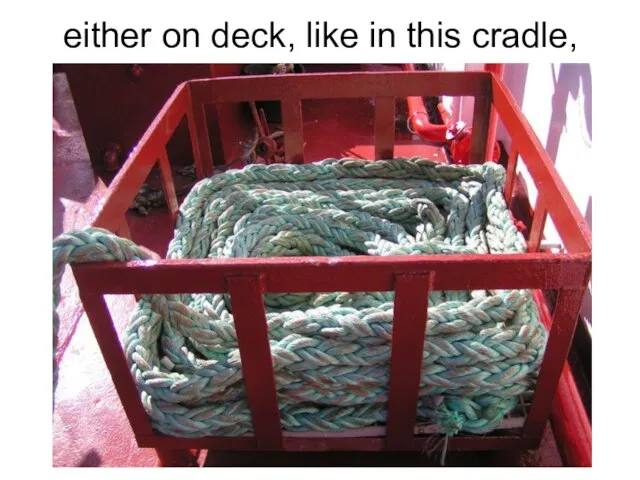
Слайд 78Here, a Polish apprentice is taking a rest on a coil of
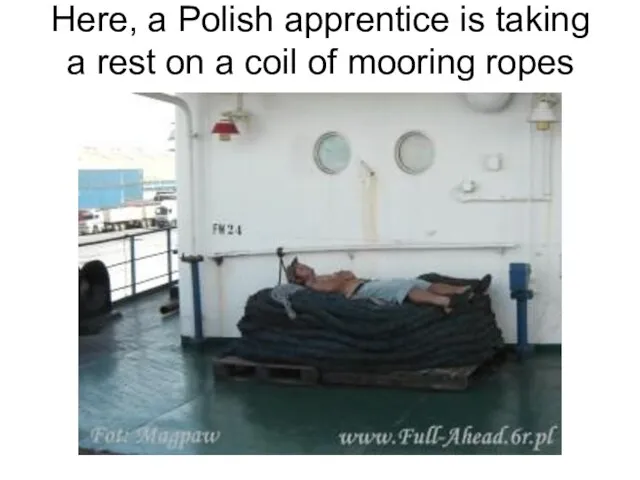
mooring ropes
Слайд 79Winches are to be checked and greased.
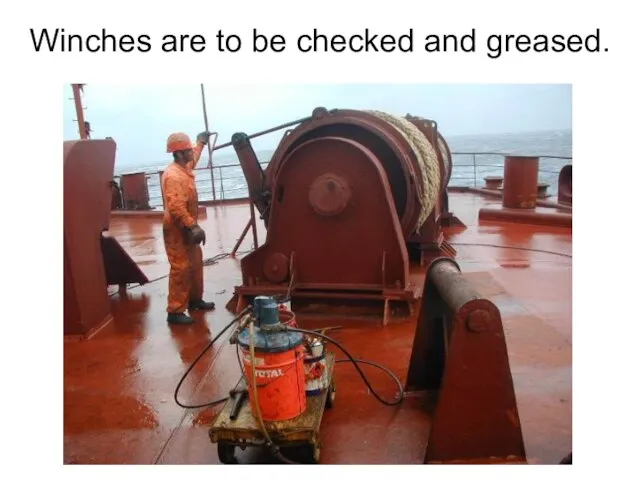



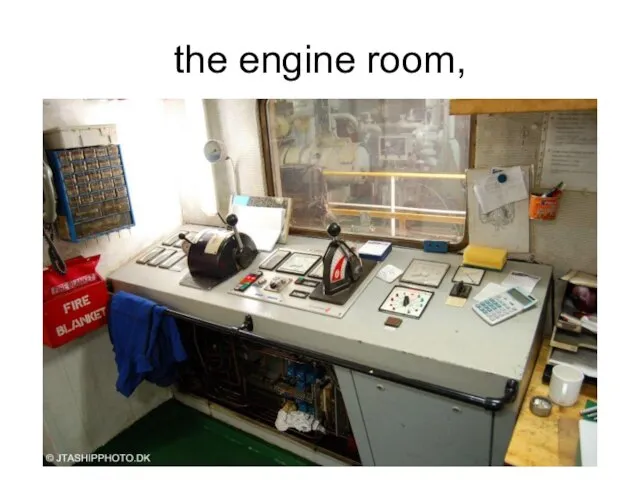
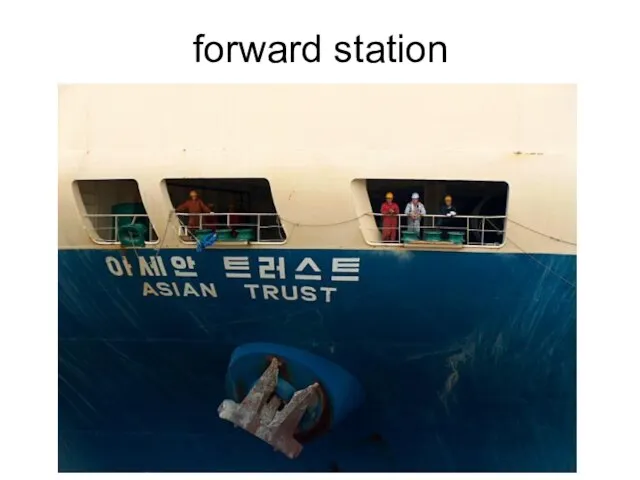



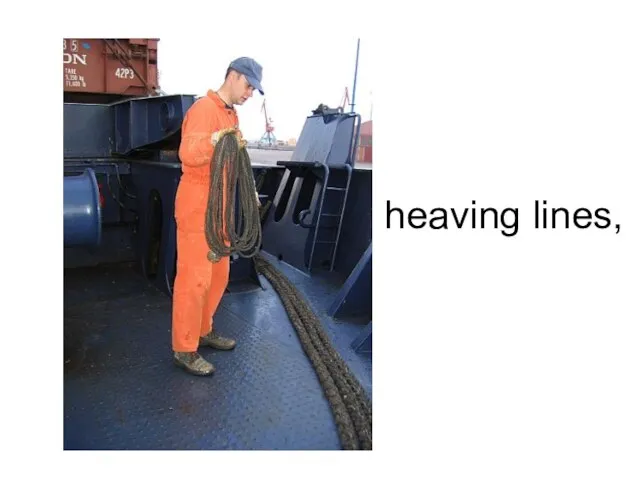






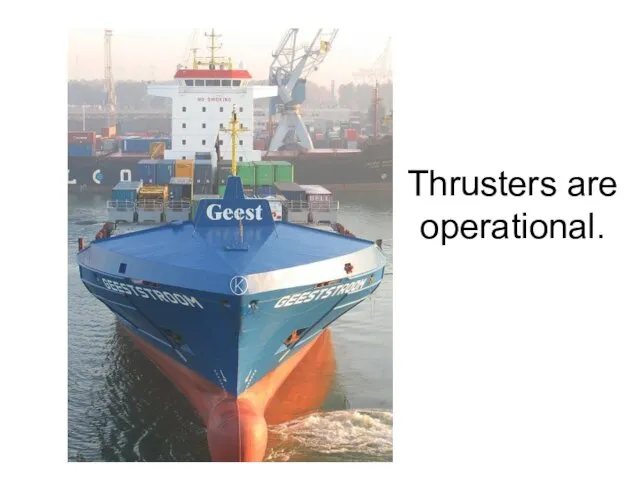








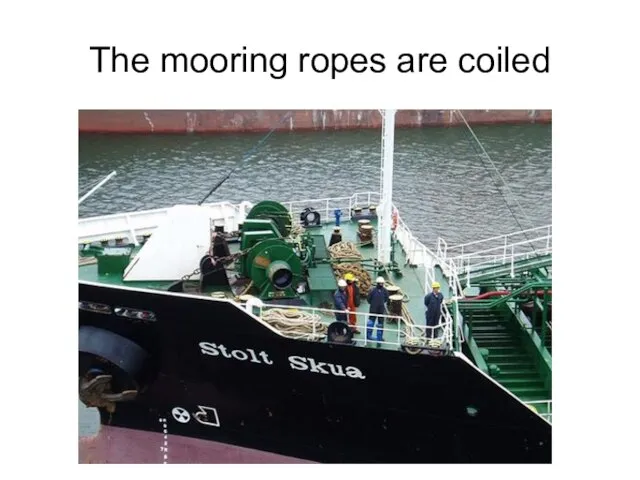
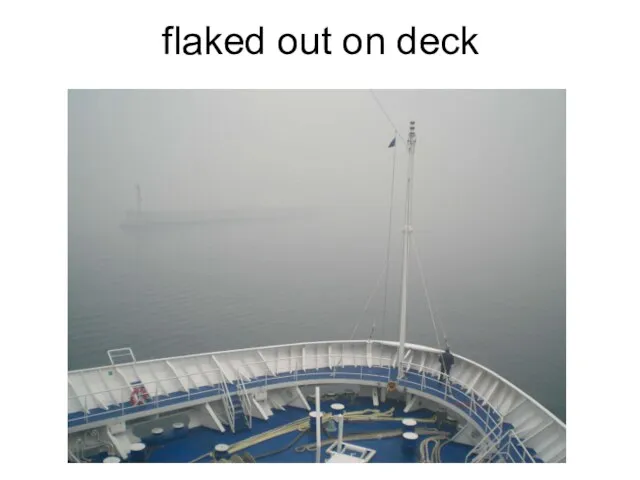





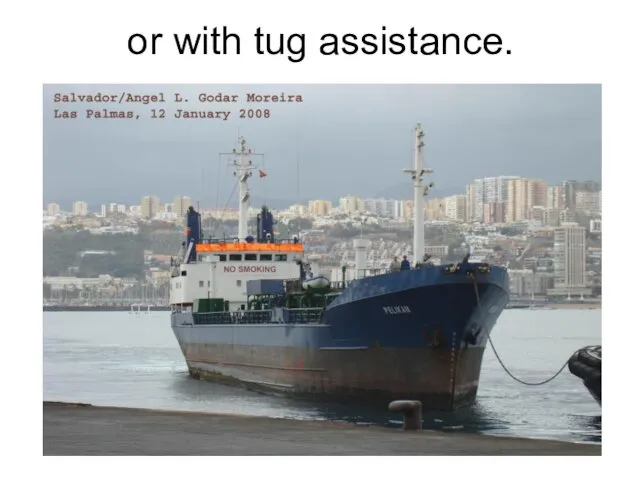















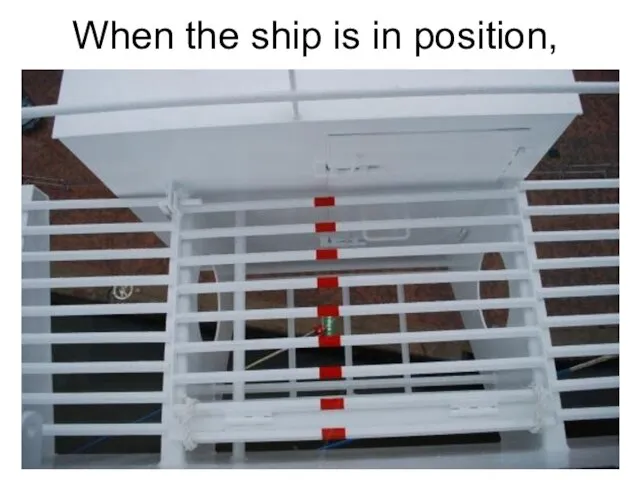

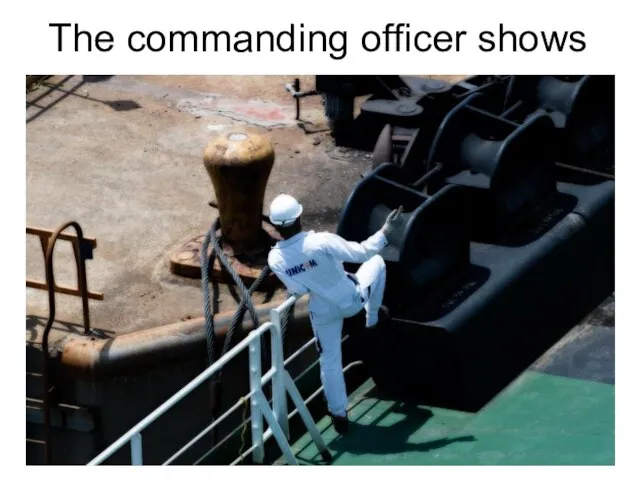
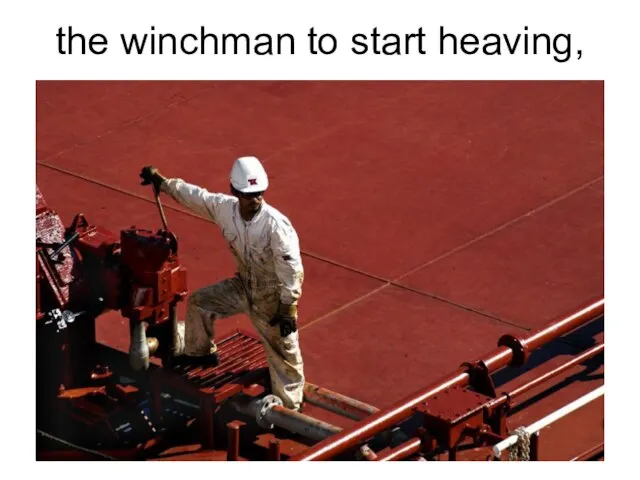
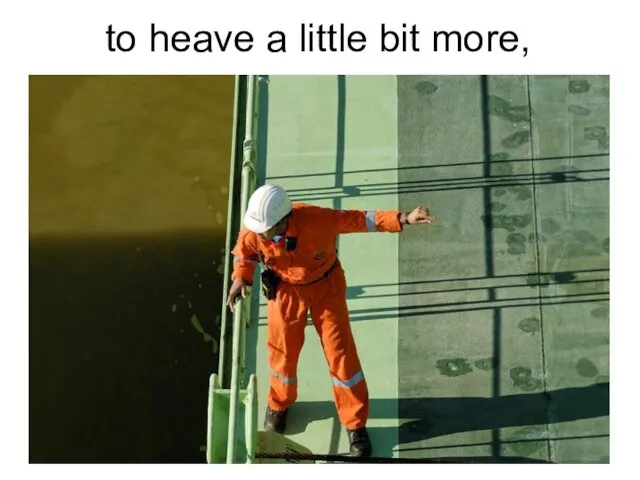



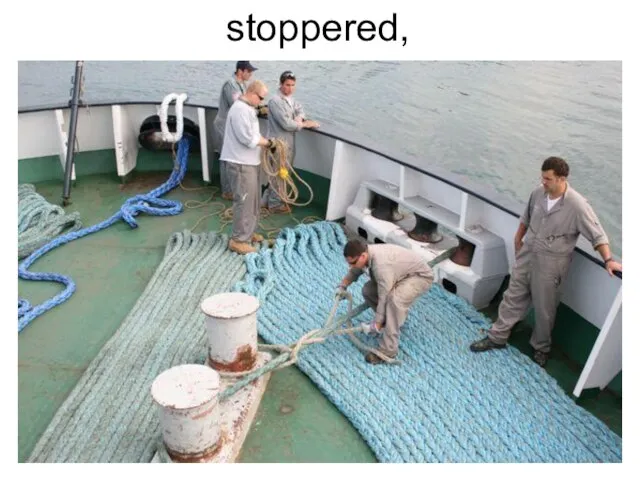
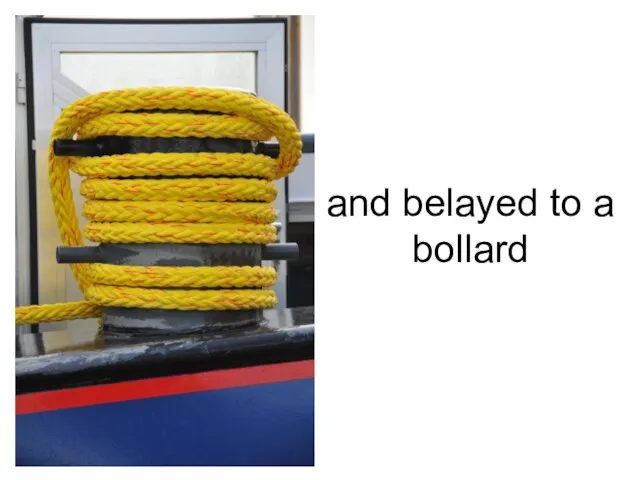
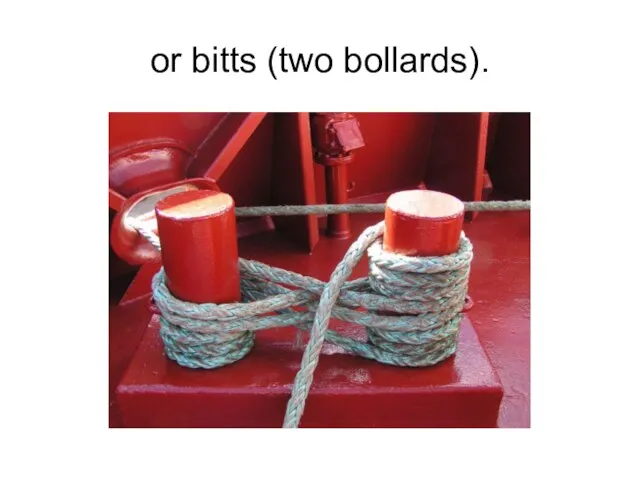













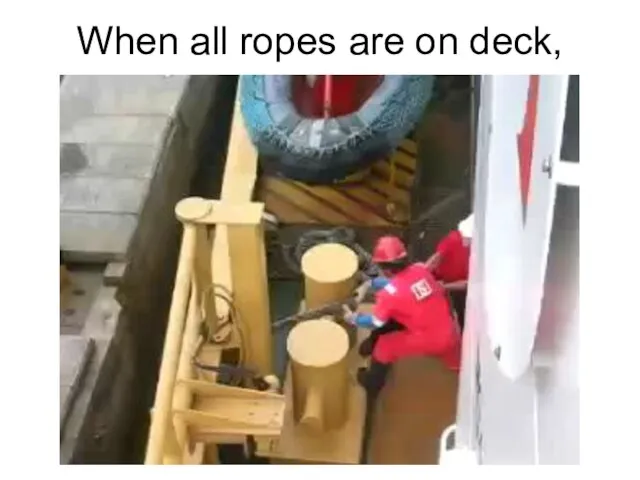
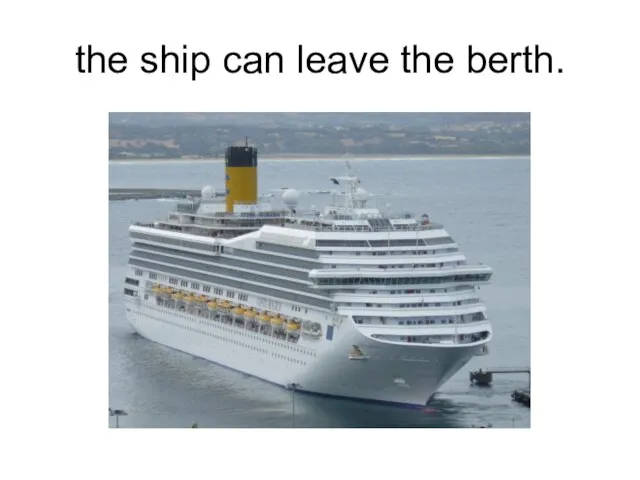





 Образ Снегурочки в музыке, живописи, литературе
Образ Снегурочки в музыке, живописи, литературе особенности развития детей дошкольного возраста
особенности развития детей дошкольного возраста Can we color code these dots to show which one is buyer, target, etc
Can we color code these dots to show which one is buyer, target, etc Футбол в школе 2020-2021 гг. ГБОУ СОШ с. Богдановка Нефтегорский район Самарская область
Футбол в школе 2020-2021 гг. ГБОУ СОШ с. Богдановка Нефтегорский район Самарская область Приспособление повышает эффективность
Приспособление повышает эффективность Презентация на тему "Компьютер в школе: за и против" - скачать презентации по Педагогике
Презентация на тему "Компьютер в школе: за и против" - скачать презентации по Педагогике Тестирование школьников 9-11 классов
Тестирование школьников 9-11 классов Они изменили мир
Они изменили мир Проект создания информационно-аналитического Интернет-портала регионального масс-медийного комплекса
Проект создания информационно-аналитического Интернет-портала регионального масс-медийного комплекса Презентация на тему Беркут
Презентация на тему Беркут  THIS IS HOW WE LEARN IRREGULAR VERBS Useful tips
THIS IS HOW WE LEARN IRREGULAR VERBS Useful tips Презентация на тему Русская литература 20-х гг.
Презентация на тему Русская литература 20-х гг. Электроснабжение. Мероприятия по развитию сети и системы в рамках реализации перспективных проектов
Электроснабжение. Мероприятия по развитию сети и системы в рамках реализации перспективных проектов Градостроительство и архитектура городов Китая
Градостроительство и архитектура городов Китая Моделирование лица. Визажист
Моделирование лица. Визажист Колибірлеудің Қазақстандық жүйесі
Колибірлеудің Қазақстандық жүйесі 12 апреля –День космонавтики
12 апреля –День космонавтики Концептуальні основи логістики послуг
Концептуальні основи логістики послуг Создание системы воспитательных мероприятий, позволяющих обучающемуся осваивать и на практике использовать полученные знания
Создание системы воспитательных мероприятий, позволяющих обучающемуся осваивать и на практике использовать полученные знания Ambient MediaПредложение по размещению на нестандартных носителях
Ambient MediaПредложение по размещению на нестандартных носителях Культура и культурология. Создание образа
Культура и культурология. Создание образа Экологическая газета Ecological Newspaper
Экологическая газета Ecological Newspaper Де Бари
Де Бари Упражнения по логике
Упражнения по логике  Международный проект Территория победы
Международный проект Территория победы Маркетингова політика розподілу
Маркетингова політика розподілу Qatar airways
Qatar airways Афоризм
Афоризм